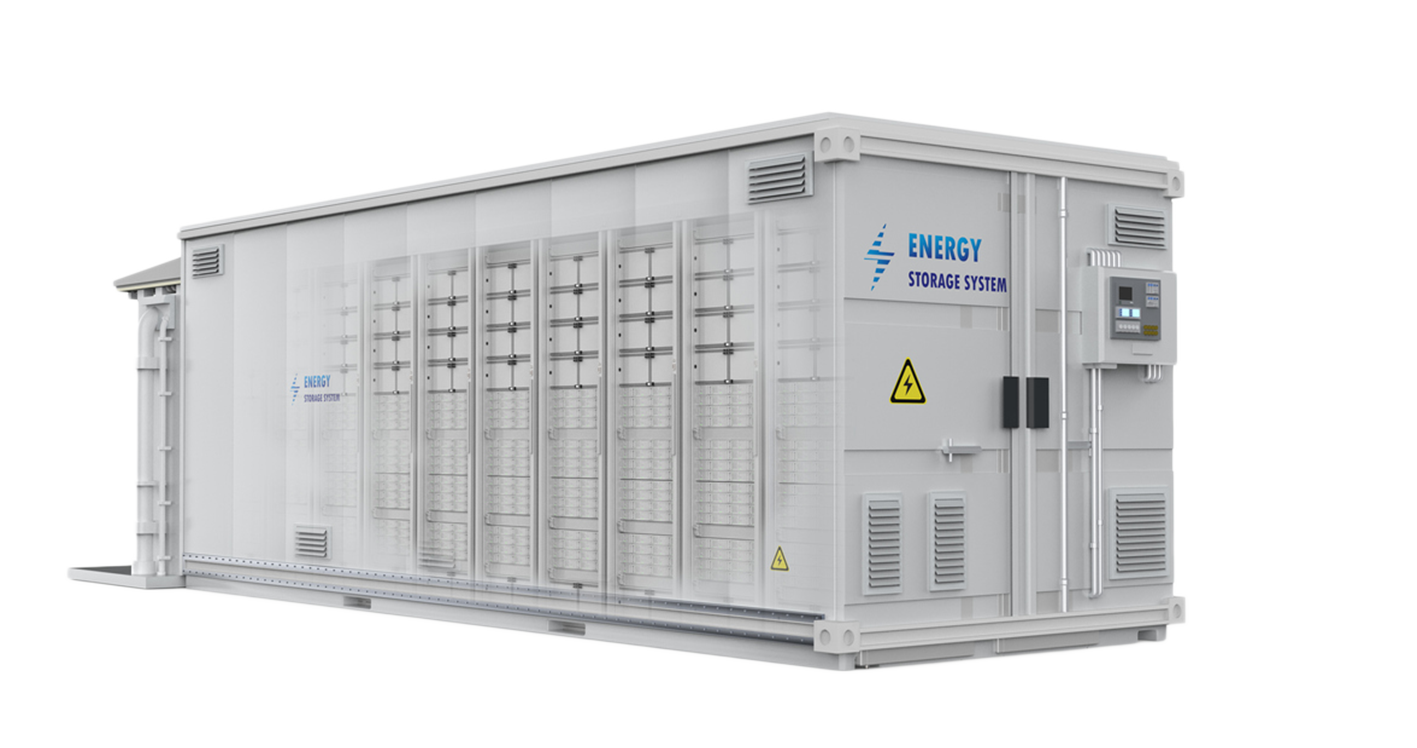Applications
PEM Fuel Cells

Proton exchange membrane fuel cells are electrochemical energy conversion devices that utilize hydrogen and oxygen to generate electricity, with the only byproducts being heat and water.
Learn moreFlow Batteries

Flow Batteries are an excellent source for long term and large-scale energy storage due to the high cycling capabilities with minimal performance degradation.
Learn moreElectrolysis

Electrolysis is a promising option for carbon-free hydrogen production from renewable resources. Electrolysis is the process of using electricity to split water into hydrogen and oxygen.
Learn moreMore potential applications

Electrodialysis

Blue Energy

Supercapacitors

Filtration

Zinc- ion
Energy conversion
Fuel Cells
A fuel cell is composed of an anode, cathode, and membrane electrode assembly (MEA). A typical fuel cell works by passing hydrogen through the anode of a fuel cell and oxygen through the cathode. At the anode site, a catalyst splits the hydrogen molecules into electrons and protons. The protons pass through the dense membrane, while the electrons are led through an external circuit where their energy is utilize, generating an electric current and excess heat. At the cathode, the protons, electrons, and oxygen combine to produce water molecules. As there are no moving parts, fuel cells operate silently and with extremely high reliability.
Typical applications for Fuel Cells are:

Vehicles

Aviation

Industry

Emergency backup power

Energy storage

Flow Batteries
Flow Batteries are a form of large-scale energy storage which consists of two containers holding the posolyte (Positively charges electrolyte) and the negolyte (negatively charged electrolyte).
The electrolytes are pumped through the system into the stack where the ion are separated and transported through the membrane (Cellfion).
Flow Batteries are an excellent source for long term energy storage due to the high cycling capabilities with minimal performance degradation.
The electrolytes are pumped through the system into the stack where the ion are separated and transported through the membrane (Cellfion).
Flow Batteries are an excellent source for long term energy storage due to the high cycling capabilities with minimal performance degradation.
Typical applications for Flow Batteries are:
Grid balancing
Energy shifting (Storing renewable energy)
Telecom towers
Shipping ports.
Hydrogen Production
Electrolyzers
An electrolyzer is comprised of three fundamental components: an anode, cathode, and membrane electrode assembly (MEA). This device operates on the principle of electrolysis, which involves the separation of water into hydrogen and oxygen. Much like its counterpart, the fuel cell, an electrolyzer facilitates this process by utilizing electrochemical reactions within its structure.The operation of an electrolyzer commences as water is fed into its anode compartment. Here, a catalyst aids in the decomposition of water molecules, causing them to split into protons and electrons. The protons, being positively charged, readily move through the membrane, while the electrons are directed through an external circuit. This circuit harnesses the energy of the electrons, generating a flow of electric current and releasing excess heat in the process. On the cathode side of the electrolyzer, a complementary set of reactions takes place. Similar to fuel cells, one of the remarkable attributes of electrolyzers is their absence of moving parts, which enables them to function silently and with extraordinary reliability.
Typical applications for Electrolyzers are:

Hydrogen for Transportation

Hydrogen Fuel Production

Energy Storage

Read EU Startup’s press release about Cellfion
Swedish startup Cellfion lands new investment to help fuel a sustainable energy transition

STOCKHOLM
Teknikringen 38A,
114 28 Stockholm, Sweden
114 28 Stockholm, Sweden
NORRKÖPING
Laxholmstorget 3,
602 21 Norrköping
Sweden
602 21 Norrköping
Sweden
info@cellfion.se
Thank you! Your submission has been received!
Oops! Something went wrong while submitting the form.


.png)